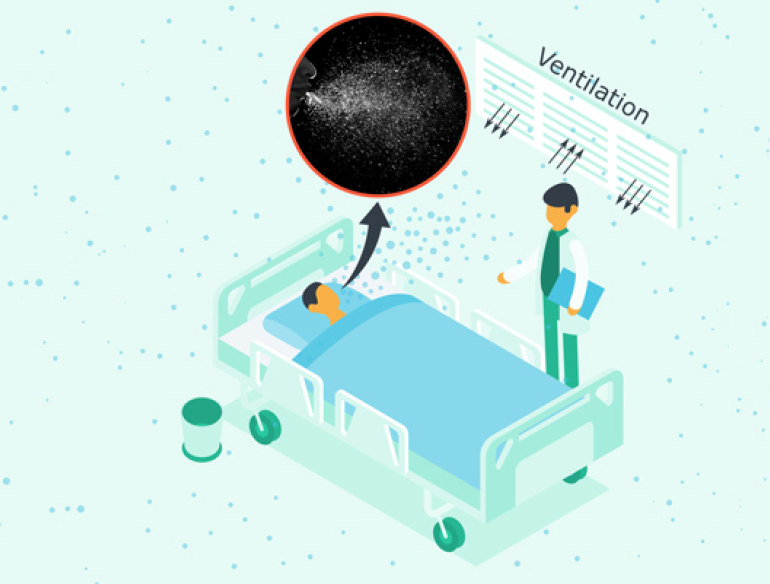Airborne threats such as infections, chemicals or bushfire exposures can harm human health. The COVID-19 pandemic has highlighted the importance of indoor environments for amplifying aerosol transmission. Aged care and hospitals have been hotspots, with thousands of health workers infected. Faecal aerosols can be propagated from floor to floor of buildings through sewage pipes. The risks are higher in indoors than outdoors, because aerosols accumulate indoors but are dispersed outdoors or in well ventilated settings. Modern buildings, including hospitals and aged care facilities, are often designed without windows that can be opened and with air conditioning systems largely recycling air. This creates high risk of occupational illness. In biological attacks, outdoor dispersion of pathogens such as anthrax across entire cities may occur.
Control of aerosol threats is critical for community health, the safety of health workers, aged care workers and workers in office buildings, people residing in housing towers and those visiting indoor entertainment and social venues. Mitigating these risks requires multidisciplinary expertise in infectious diseases, public health, aerosol science, engineering and built environment. We will study aerosol dynamics, exposure risks, host-pathogen interactions, and the impact of the built environment, ventilation, air conditioning, personal protective equipment (PPE), exposure time and other determinants of airborne threats.
Using multidisciplinary methods in infectious diseases transmission, air flow and aerosol science, computational fluid dynamic and agent-based modelling of simulated indoor environments, this study will generate novel research to meet critical gaps in knowledge, collaborating internationally across disciplines, and building capacity in Australia.
The COVID-19 pandemic has highlighted the risk of closed, indoor settings due to accumulation of aerosols generated from breathing, speaking, coughing, or sneezing. Any airborne threat, whether an infectious virus or a chemical agent, will create a higher exposure in indoor settings.
To mitigate this risk, using inter-disciplinary expertise, this research will improve preparedness, reduce health impacts of airborne threats, inform worker and occupant safety, building design and healthy futures.
- Alfred Health
- Monash University
- St Vincent's Hospital, Sydney
- NHMRC Centres of Research Excellence (CRE)

